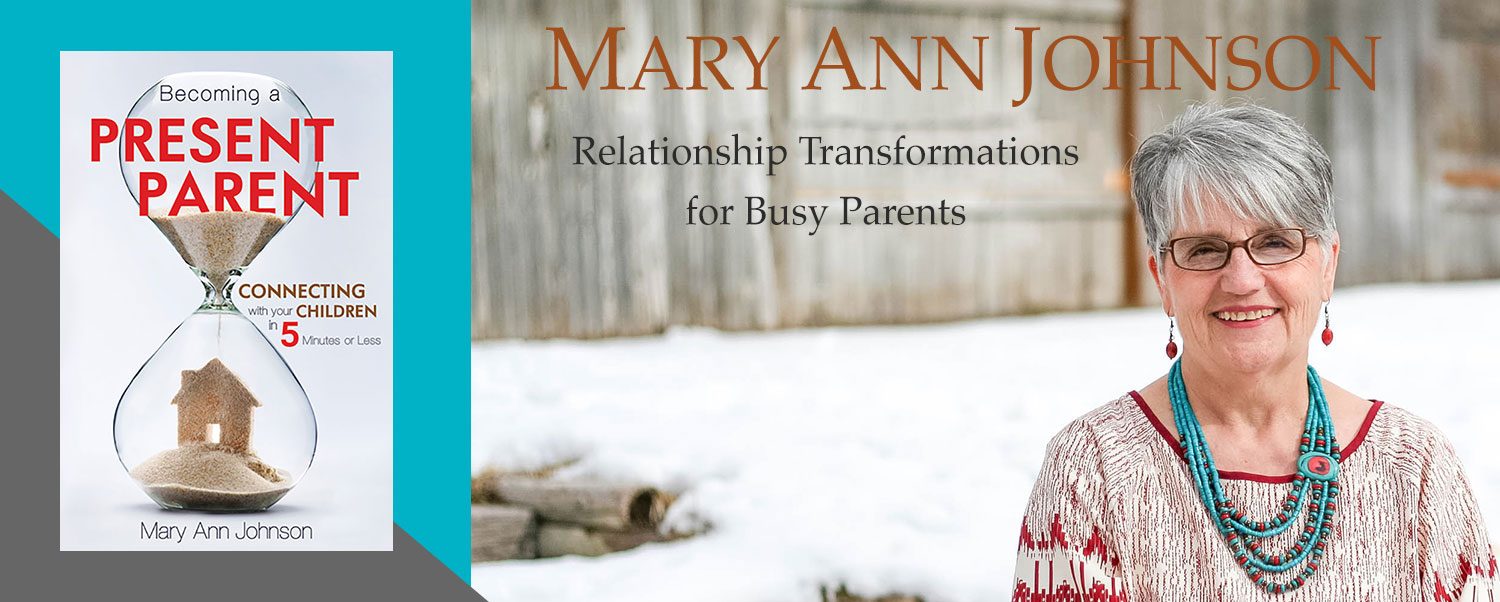 Today I want to tell you about my brother Boe Dean, his life, struggles, and the hard lesson I learned on the day he died, January 22, 2021.
Today I want to tell you about my brother Boe Dean, his life, struggles, and the hard lesson I learned on the day he died, January 22, 2021.
My brother was an alcoholic. He was able to hold it together for a long time. He was a master finish carpenter. He was fabulous with people and ran teams of workers. They liked him.
He and I shared a love of words. He read the dictionary and encyclopedia. He wasn’t into tech. I shared books with him, and he shared them with me. We both loved the book A Man Called Ove. We joked about our ‘Ove moments.’ I will miss that terribly!
Boe Dean was genuinely grateful for anything you did for him. My sister, Evette, lived in Logan and helped him get around town for food and other needs the last three years of his life. She checked on him weekly and always wondered how she would manage when she found him dead. We thought we knew how it would end.
Recently, as Evette was leaving, he said, “Thank you.” Evette replied, “You’re welcome.” Then Boe said, “No, really. Thank you for everything you do.” The last few years of his life were hard, lonely, filled with illness, and I think, sorrow. But there was no bitterness in him, no rancor towards anyone. He remained cheerful and serving.
He had taught himself how to carve, and I have a beautiful face of an old man on my wall. He knew how to work wood and made beautiful chess sets. He was excellent at chess. One day he described an invention to me. It was extraordinary. He was brilliant in the way his mind worked. He and I shared a love of painting. We weren’t gifted in any way, but we talked about our paintings. I have one he made for me.
Boe Dean was generous and had no greed in his soul. One day, someone taking him for a homeless man, which was understandable, gave him ten dollars. He told them he didn’t need it, but they wouldn’t take it back. He walked down the street until he found someone who did need it and gave it to them.
But despite all his gifts and talents, because of alcohol, he lost his family and his dreams.
Over the years, I have prayed a lot about my brother. I have received many impressions on ways to support him. For many years I have mailed him a letter every Sunday. I have driven to Logan with gifts that I felt I should take – an old red blanket that he loved, a homemade coloring book he cherished and mentioned repeatedly, things that spoke of family traditions on special holidays.
After mom came to live with us and Boe was alone, I would take her back to see him. It was tricky because we had to find a time when he was himself and could talk to her. Covid brought a halt to some of these efforts. But mom and I saw him in December. There was no way to know it would be the last time.
Here is my message for you today.
On our Zoom call, one of my sisters said, “I just saw Boe as a drunk and wanted him to change.” I must admit that it was hard for me to see anything else at times. I had had the thought to put his photo on my bedroom wall and envision him healthy, well, and giving back to the world. I hung the photo and thought I knew what that meant. It meant to pray that he would change. It meant to encourage him to give up drinking and get it together. It meant to remind him of all he could bring to the world.
It’s interesting to me that the night before my brother’s passing, I read an article to my husband and mom that contained this story – “A few years ago my older sister passed away. She had a challenging life. She Her husband abandoned their marriage and left her with four young children to raise. On the evening of her passing…I gave her a blessing to peacefully return home.
‘At that moment, I realized I had too often defined my sister’s life in terms of her trials and As I , I received a severe rebuke from the Spirit. I was made acutely aware of her goodness and allowed to see her as God saw her—not as someone who struggled with and life but as someone who had to deal with difficult issues I did not have.
‘During that final evening with my sister, I believe God was asking me, “Can’t you see that everyone around you is a sacred being?”
As I read those words, Boe came clearly into my mind. When I went into my room that night, I looked at his picture with different eyes. But complete understanding didn’t come until the morning after his death.
As much as I loved my brother, I thought of him as an alcoholic. God wasn’t as blind as I. He had spoken to my mind and was saying, “See him as I see him. He is more than you can see with your eyes.’
Again from the article – “…John 4:4 reads, ‘And he must needs go through Samaria.’
…Jesus did not need to go to Samaria. The Jews of His day despised the Samaritans and traveled a road around Samaria. But Jesus chose to go there to declare before all the world for the first time that He was the promised Messiah. For this message, He chose not only an outcast group but also a woman—and not just any woman but a woman living in sin—someone considered at that time to be the least of the least. I believe Jesus did this so that each of us may always understand that His love is greater than our fears, our wounds, our addictions, our doubts, our temptations, our sins, our broken families, our depression and anxieties, our chronic illness, our poverty, our abuse, our despair, and our loneliness. He wants all to know there is nothing and no one He is unable to heal and deliver to enduring joy.
His grace is sufficient. He alone descended below all things. The message of the woman at the well is that He knows our life situations.”
I was supposed to look on my brother’s face every day and ‘see him’, not his alcoholism but him, my brother, a man who was good.
Since his passing, it has amazed me how many people knew Boe Dean and liked him and have come forward to tell us. His neighbors commented on how nice he was and what a wonderful smile he had and his long white beard. : ) Although he kept to himself, they said he was always ready to lend a helping hand if anyone needed it.
The gas man who checked the lines after the fire said that he and everyone in the small town of Benson, where Boe lived with our parents as a boy, were grieved because they loved our family.
We have received calls from his school friends and others who would meet him on the street. They cared about him. They loved his stories and great jokes. They remembered all how he had reached out over the years just as his neighbors had experienced.
No one knew about his struggles or the demons in his soul. They only knew his smile and generous Spirit.
I have spent the last ten years talking to parents about the gift of being able to ‘see’ their children and not just their mistakes, messes, and misbehaviors. It was time for me to have a new level of understanding of this critical principle.
Matthew 13:16: “But blessed are your eyes, for they see: and your ears, for they hear.”
May we all hear and see those around us with greater charity, less judgment, and deeper love.
The article sited – Taking upon Ourselves the Name of Jesus Christ By Elder Robert C. Gay October 2018







 Two years ago was my 50th high school reunion. I didn’t go. Our family was moving into a new home. The reunion was in Greeley, Colorado, a whole different state. I only went to Greeley West High School for my senior year, and I never really connected. I had friends and was involved on the school radio, worked on the yearbook, did a couple of plays, etc. I was involved but hovered in the background. Just my face in the yearbook.
Two years ago was my 50th high school reunion. I didn’t go. Our family was moving into a new home. The reunion was in Greeley, Colorado, a whole different state. I only went to Greeley West High School for my senior year, and I never really connected. I had friends and was involved on the school radio, worked on the yearbook, did a couple of plays, etc. I was involved but hovered in the background. Just my face in the yearbook.
 “A 92-year-old, petite, well-poised and proud man, who is fully dressed each morning by eight o’clock, with his hair fashionably combed and shaved perfectly, even though he is legally blind, moved to a nursing home today. His wife of 70 years recently passed away, making the move necessary. After many hours of waiting patiently in the lobby of the nursing home, he smiled sweetly when told his room was ready.
“A 92-year-old, petite, well-poised and proud man, who is fully dressed each morning by eight o’clock, with his hair fashionably combed and shaved perfectly, even though he is legally blind, moved to a nursing home today. His wife of 70 years recently passed away, making the move necessary. After many hours of waiting patiently in the lobby of the nursing home, he smiled sweetly when told his room was ready.
 When my grandson, Jack, was three, Mary was just one and Maggie was five, I taught them about germs and hygiene. It was chaotic. Mary was on the table and into everything. Jack wanted his way. Maggie, of course, needs LOTS of help. Whew. Did they get any of that? Despite all my preparation and planning, I was sure that the whole thing had been a big fat flop!
When my grandson, Jack, was three, Mary was just one and Maggie was five, I taught them about germs and hygiene. It was chaotic. Mary was on the table and into everything. Jack wanted his way. Maggie, of course, needs LOTS of help. Whew. Did they get any of that? Despite all my preparation and planning, I was sure that the whole thing had been a big fat flop!
 As a parent or grandparent do you ever
As a parent or grandparent do you ever 

 decided to make a change. It wasn’t easy because of the past. People weren’t sure they could trust him and so they didn’t want to risk giving him a chance. He just kept looking and eventually, he found a man and a company that employed him.
decided to make a change. It wasn’t easy because of the past. People weren’t sure they could trust him and so they didn’t want to risk giving him a chance. He just kept looking and eventually, he found a man and a company that employed him.  education or the degree that thrills me. It’s that he was kind to himself, trusted himself, set a goal and then accomplished it.
education or the degree that thrills me. It’s that he was kind to himself, trusted himself, set a goal and then accomplished it.

 I’ve been married to the same man for 48 years. We celebrated this milestone in May of 2019. This has caused me to pause and contemplate the last fifty-one years. That’s how long I’ve known my husband, Don. I fell in love with him because he was handsome and romantic. One day he showed up at my door with a car full of roses. He had cleaned out a street vendor! But that isn’t why I’ve stayed with him.
I’ve been married to the same man for 48 years. We celebrated this milestone in May of 2019. This has caused me to pause and contemplate the last fifty-one years. That’s how long I’ve known my husband, Don. I fell in love with him because he was handsome and romantic. One day he showed up at my door with a car full of roses. He had cleaned out a street vendor! But that isn’t why I’ve stayed with him. me. He often goes out of his way to do something he knows I need to have done. He looks at me when I am talking to him. He takes the time to listen. He doesn’t always get what I am saying but he listens and tries. : ) He often puts his needs ahead of mine.
me. He often goes out of his way to do something he knows I need to have done. He looks at me when I am talking to him. He takes the time to listen. He doesn’t always get what I am saying but he listens and tries. : ) He often puts his needs ahead of mine. There is a space between stimulus and response. Sometimes it’s so narrow that you would swear it isn’t even there. But it is and you can learn to recognize the moment of choice. You will still respond poorly for a time, but eventually, that space between stimulus and response will get wider and you will have time to choose a better response. I promise this is true!
There is a space between stimulus and response. Sometimes it’s so narrow that you would swear it isn’t even there. But it is and you can learn to recognize the moment of choice. You will still respond poorly for a time, but eventually, that space between stimulus and response will get wider and you will have time to choose a better response. I promise this is true!
 Recently I was taken back in time as I listened to a soundtrack by John Denver. He was a singer-songwriter from the1960s through the 1990s. I was a young teen when he began his career and I enjoyed his music.
Recently I was taken back in time as I listened to a soundtrack by John Denver. He was a singer-songwriter from the1960s through the 1990s. I was a young teen when he began his career and I enjoyed his music.